It is time for society to bite the bullet and accept that SARS CoV 2, the virus that causes COVID, is here to stay. It has become an endemic pandemic, mutating in the direction of becoming a part of the annual winter respiratory onslaught. Some countries might achieve temporary eradication, but the world won’t. The virus mutates too fast and vaccine delivery and global roll out proceed too slowly to achieve eradication. The cavalry of vaccines has simply come too late; the virus is already mutating.
In retrospect, there were two stages in the global pandemic caused by SARS CoV 2. The end of the first stage was when it escaped out of Wuhan. Sequestration and local eradication had failed and it became a global pandemic. We could have controlled the pandemic becoming endemic with a global vaccine roll out before the start of rapid mutation. However, that point has now passed: the virus has become endemic. It will stay, like measles or the common cold.
Granted it was a high bar. Think polio or smallpox eradication, to see how long a global roll out of vaccination takes. The eradication program of smallpox, a DNA virus, took 14 years, from 1966 to 1980, when it was declared eradicated by the WHO. The eradication program of poliomyelitis (polio), caused by an RNA enterovirus, started in 1988 and is nearing eradication now; 32 years and counting. Polio is transmittable by the faeco – oral route, so its infection route is more easily manageable than SARS – COV 2. Still we did not manage eradication in more than 3 decades.
Moreover, a Corona RNA virus mutates faster than others. One example is the common cold, which is also a Corona virus. It is telling that, even during the lockdowns, people continued to suffer from the common cold. Lockdowns did not eradicate it; there is no vaccine for it.
Long COVID has become a reality that few are willing to admit. That does not mean there will be individual outbreaks in particular countries; it means there will be a lingering, morphing, global endemic pandemic. And that means there will be no return to normalcy for years.
The virus obviously likes cold weather, but it is also in Africa, adjusting to heat and dry temperatures. The reality is that it is now in the most remote places, wreaking havoc and bouncing back to dense cities of the global North as well as the global South.
The politicians keep promising that vaccination will end the pandemic, perhaps in a few months. Really?
A global roll out of vaccination? Reaching every corner of the earth and being repeated every year? Who is going to do it: The World Health Organization or GAVI, The Vaccine Alliance? Where is the infrastructure? Who is going to pay for it? What in recent national behaviors suggests that a sudden outburst of much needed global cooperation is imminent? And, what will convince vaccine skeptics in countries like the United States and France (where around 40% of the population resists vaccination) to take the jab?
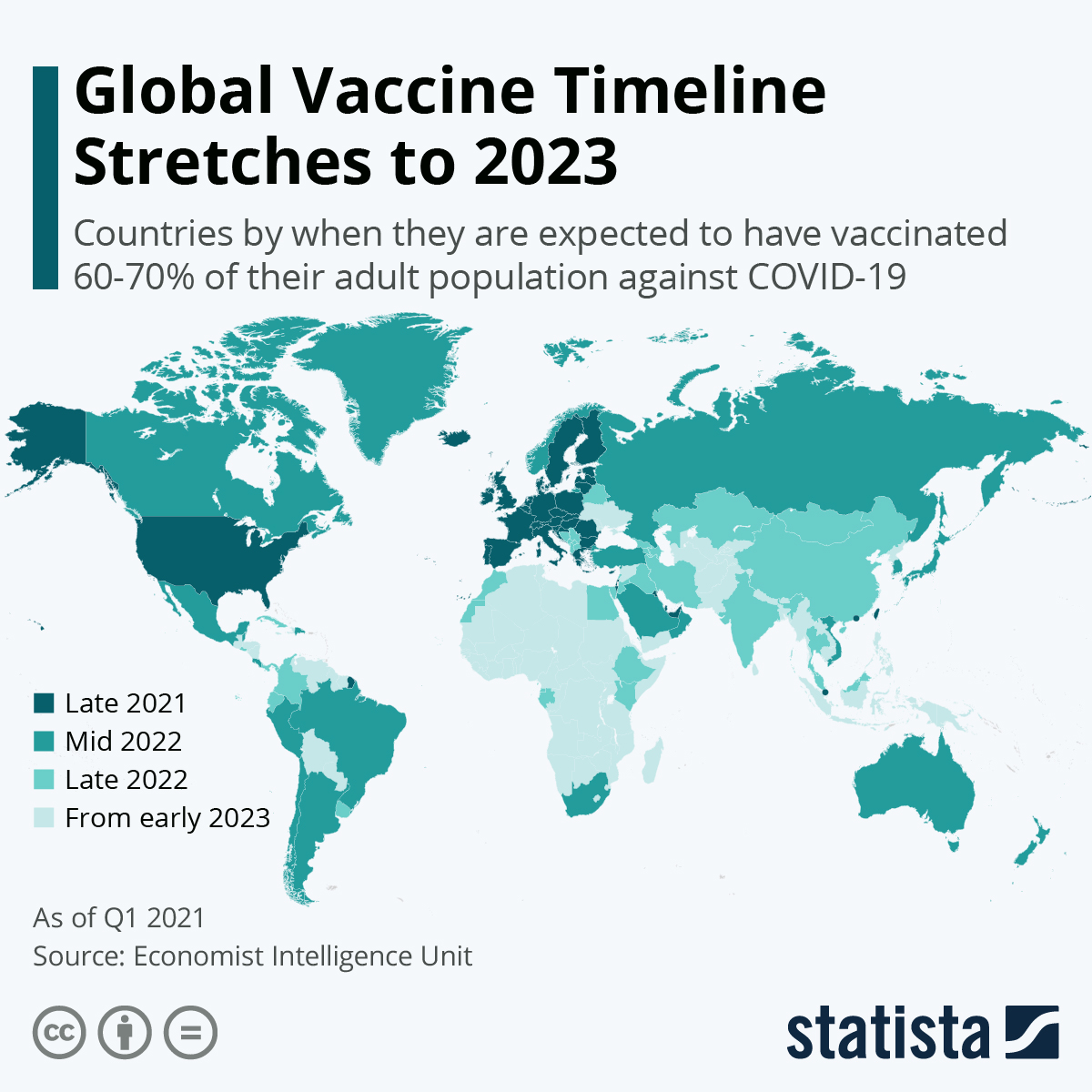
Face it: this virus is not going to go away. There just is no global mechanism which can deal with this. There is no global body competent for the roll out. There isn’t one in Europe or in the United States, never mind in most countries bigger than Israel or Singapore.
Even countries which have had some success in fighting COVID are at risk. It will come back to China and to New Zealand, jumping over the quarantine barrier. It will come back to the countries with near total vaccination, as the virus adjusts to the vaccines. People and goods will continue to move and the mutating virus will move in tandem.
Neither the effect on global mortality, nor the jumping of the species barrier of a Corona virus is new. Historic precedent suggests that SARS CoV 2 will become less deadly and more infectious, like influenza. Some of the winter infections from which we all suffer are Corona viruses, which long ago jumped the species barrier.
The Russian flu pandemic of 1889 – 1890, which might also have been a Corona virus, killed 1 million people out of a global population of 1.53 billion but is now part of the normal winter infections. Both the Russian and the Spanish flu of 1918, which killed between 20 and 100 million out of a world population of 1.8 billion, were respiratory infectious viruses jumping the species barrier. They are still with us, but in far less virulent form.
Evolutionary pressure assures that any hurdle thrown up against the virus will function as a selector for varieties which overcome that hurdle. It is likely that the virus will find ways around quarantine, immunity and vaccines. It might already have done so: vaccines are already less efficient against the newer variants. Manaús, Brazil, was devastated by a first wave, but a new strain has led to a high level of reinfections. Quarantine selects for a longer asymptomatic period of COVID, as seen in Australia.
Fortunately, evolutionary pressure also selects for SARS CoV 2 to become less deadly—dead people do not shed virus—and for that same reason more infectious. The good news is that it is very likely—near certain—that a milder, less deadly COVID will evolve. But, that evolution will probably take years.
This pandemic was not a surprise or, at least, should not have been a surprise. On the one hand, we had several dry runs with SARS, MERS and Ebola (which, thank God, did not break out). On the other, governments, health agencies and intelligence services conducted endless planning studies and war games to prepare for a global pandemic.They wrote country preparedness profiles for every country on earth and thought long and hard about what it would take to contain an outbreak. Yet they did not manage to stop the pandemic, or even to react fast enough to slow its spread. Instead, the WHO—the organization charged with identifying and reacting to a potential outbreak—performed more like the chorus in a Greek tragedy, wailing and gnashing its teeth, but contributing little that prevented widespread human tragedy.
Failure has many fathers. China failed. It did not sequester and eliminate the virus. It was helped in this by foreign governments who repatriated their citizens, without testing them. The United States failed, led by a President who underplayed the severity of the pandemic. Europe failed, exposing the contradiction of having free movement of people without a central public health organization, and suffering the consequences of too much austerity in some countries. (For example, in 2010 the Netherlands had 2,800 Intensive Care (ICU) beds, while at the start of the pandemic only half of those beds remained—6.4 per 100.000 inhabitants.)
Faced with cascading infections and under-resourced health care sectors, governments in Europe took the logical step of closing their borders; that was the end of Schengen and a body blow to European “unity” from which the European Union has yet to recover.
Even Israel, now basking in a burst of positive media attention for its all-out effort to vaccinate its entire population (just coincidentally in the run-up to an election) is actually failing. With no vaccine for the surrounding countries or the Palestinian territories, the virus is being provided a reservoir from which it will keep trying to jump the wall of vaccine protection. My bet is on the pathogen.
The pharmaceutical industry may be the only winner in this crisis. In the deal of the century, governments offered unlimited resources to secure a vaccine and then bid against each other to secure stockpiles, sometimes considerably in excess of their populations. The drug companies did an impressive scientific job developing vaccines; now they must continue to chase evolution with boosters, new vaccines and other interventions. In the process they are securing what’s likely to be permanent rental income from almost every citizen on the planet.
Endemic pandemic means that we have entered a new global health reality. Now we need to recognize there is also an evolving new political reality.
The images of Italy, in March 2020, shocked the rest of Europe. As a result, lockdowns were accepted without resistance. Only the Scandinavian countries and the Anglo-Saxon countries managed to maintain some degree of liberalism. I live in Belgium, which followed the Gallic lockdown closely. I remember our shock, when during the short reprieve in the summer, we walked into the Netherlands and Denmark, and found what looked like normalcy. However, after the mixing event of the summer holidays (a silly idea in the middle of a pandemic) and the reopening of the universities, the second wave hit the “lockdown lite” countries of Denmark, the UK, the Netherlands and Germany.
The lesson? As long as the virus stays, the lockdowns will stay. Sweden’s Anders Tegnell, who consistently warned that dealing with COVID would be a marathon not a sprint, has been proven right, even if his policies were not.
In Europe, the old political definitions do not matter anymore. In the end, left, right, hard left and ultra-right were singing from the same old hymn sheet. There was no original thought and, perhaps more importantly, no new solutions when the crisis hit. The usual suspects with their usual posturing proved unable to keep people safe, which is the essential basis for any society’s social contract.
The economic tab is continuing to run and the price tag is rising. Many “non-essential” main street enterprises have been boarded up for a year. Office building parks are still empty, and with it, the industry serving them. Gig workers struggle. Children have lost a year of their education, which they may never regain. Mental health is deteriorating; child abuse, spousal abuse, drug abuse are rising. Non-critical health interventions have been postponed to liberate intensive care capacity for COVID with catastrophic consequences. Indeed, the cost of health care has shifted up, probably permanently.
All waiting for a normalization that drifts further and further into the future.
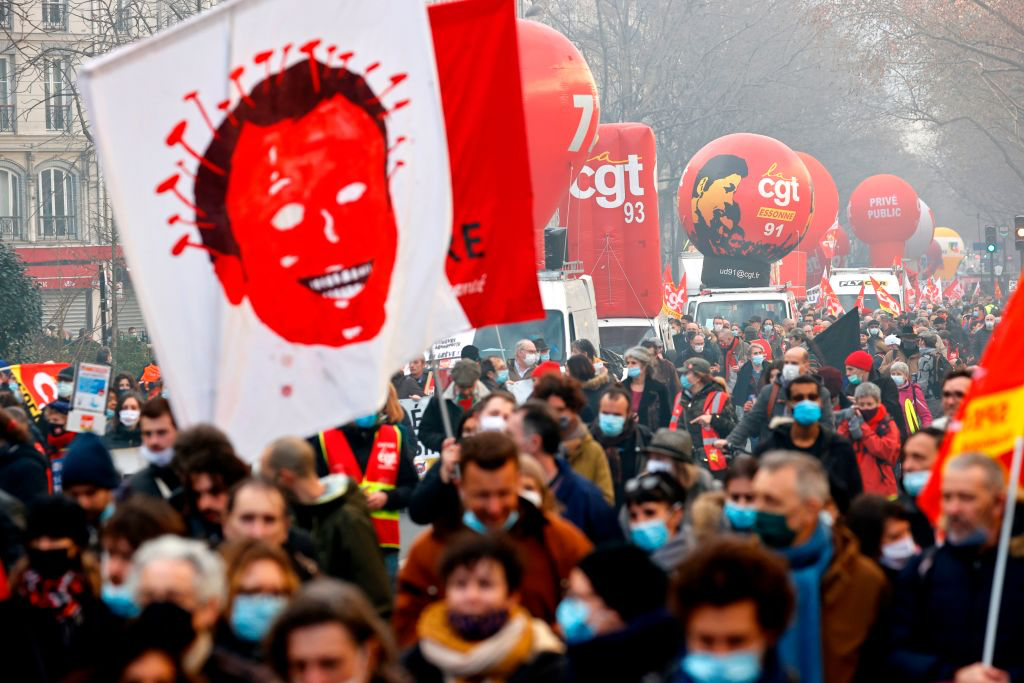
Paris, France- Parisians protest the economic situation in France. (Photo by Thomas Samson/AFP.)
In political terms, the penny is only now starting to drop. The revolts on the streets of libertarian countries such as the Netherlands and the United States are leaderless, reminiscent of the Arab spring. It is only now, nearly a year into the crisis, that the masses are starting to rise and, with that, a voice of opposition. Why the delayed reaction? Because politicians across the world have invested a lot of political capital in expensive lockdowns and economic ruin, something which only makes sense if COVID was being quickly eradicated, if there were the legendary light at the end of the tunnel. If, instead, COVID lingers on, with all of the restrictions and costs that governments and experts insist are necessary, then more and more people are likely to push back.
Undoubtedly, would-be leaders will rush to get ahead of the parade. Whether they are nationalists or globalists, democrats or fascists, technicians (e.g., Mario Draghi in Italy) or politicians, secular or religious is impossible to foresee. But they are unlikely to be overly familiar or friendly faces.
There are two perspectives on Covid. For an individual with reasonable health and lifestyle, the risk of contracting COVID is acceptable. For most countries, however, it is not: their health systems are neither designed, nor scaled, to cope with an endemic pandemic. For example, the ICUs in Denmark were already at full capacity in December. But that rebounds on the individual: overloaded hospitals mean missing unrelated health interventions as well as higher costs and taxes.
For you and me—at least after a few years—we will have our annual COVID shots, probably with occasional boosters to cope with mutations, and then be able to move around within a reasonably sized bubble. But the majority of the world won’t. So much for globalization, coping with mass migration, developing the economies of the third and fourth worlds, easing economic inequalities, and making liberal democracy work better. They all are likely to suffer from COVID.
Is that sustainable? Maybe, but it certainly does not sound like the better world that politicians have been promising to get elected or the world that most of us want.
If COVID stops migration, what happens to people driven to move by war, violence, economics or climate? Indeed, what does COVID mean for climate change? Maybe less travel, less growth and lower development mean less greenhouse gas emissions—but at what human cost? And for countries with aging populations? Since COVID fatalities are concentrated among the elderly, maybe some countries will find their under-funded pensions and inadequate senior centers aren’t quite so underfunded or inadequate. But, again, at what cost?
In short, it is time to start thinking long term. What if we are looking at four or five years until this all calms down? Living with an emergency for a few months is one thing; living with it for years, another. Maybe our lives, lifestyles and future possibilities have already changed, even if we don’t want to admit it. Maybe this is the future.
We need to start thinking about long COVID.
ABOUT THE AUTHOR
 Dr Kees Rietveld is a humanitarian physician with over thirty years’ experience in international public health in countries around the world. He has worked in senior positions with all the main agencies: donor, UN and non-governmental organizations. He holds academic degreesin medicine and international law, is conversant in ten languages, and plays classical violin as well as classical Afghan rebab. Today Rietveld lives and works in Belgium.
Dr Kees Rietveld is a humanitarian physician with over thirty years’ experience in international public health in countries around the world. He has worked in senior positions with all the main agencies: donor, UN and non-governmental organizations. He holds academic degreesin medicine and international law, is conversant in ten languages, and plays classical violin as well as classical Afghan rebab. Today Rietveld lives and works in Belgium.
Let us know what you think and comment below!
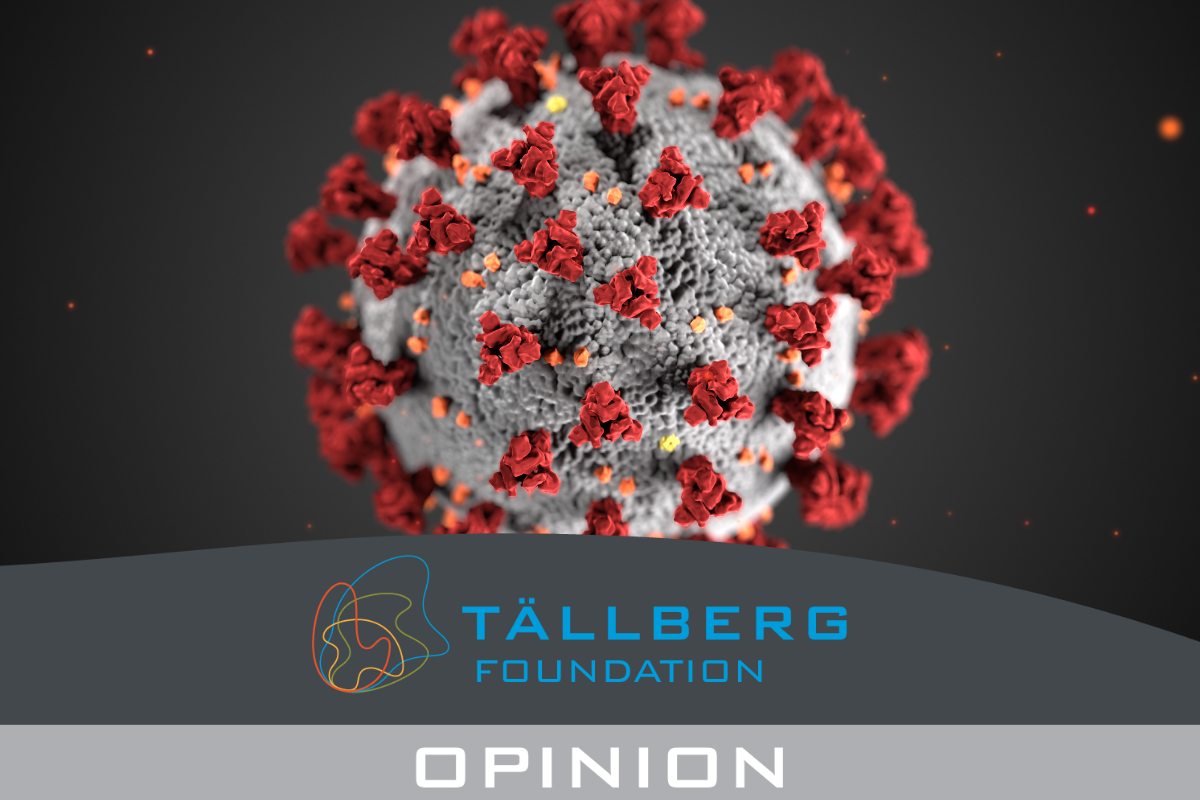

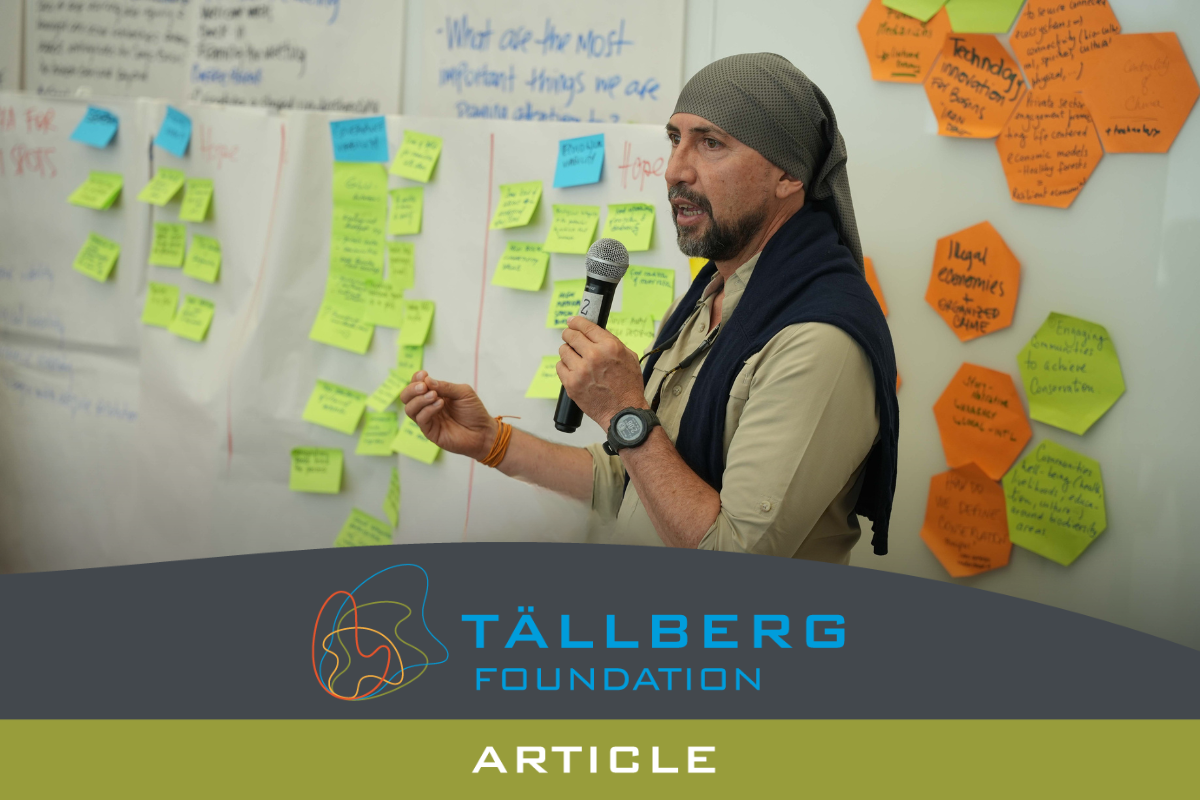
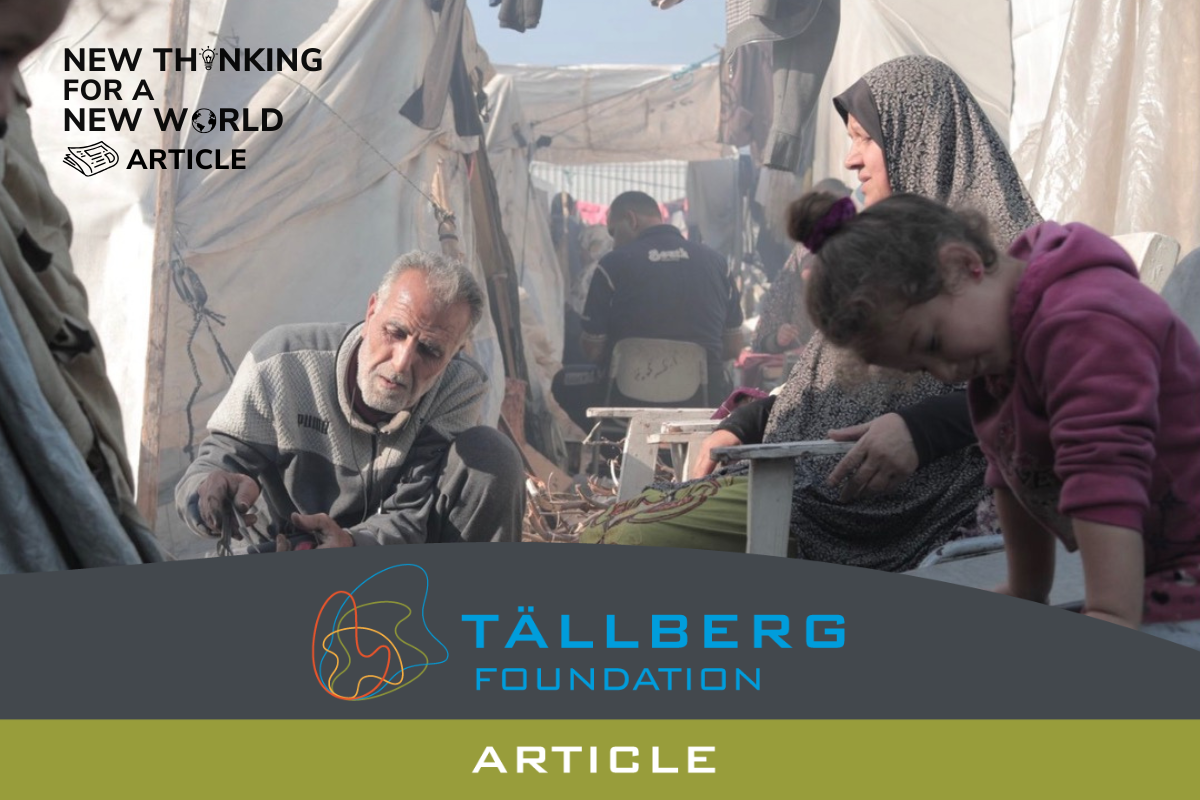

a superb and thoughtful piece that requires our reflection on longer term possibles and open frank debate as to what this will mean for global sharing, migration and freedom, and whether the longer-term costs of continued restriction are worth the consequences – caught between a rock and a hard place
Finally somebody knowledgable and down-to-earth enough to show us a realistic future Covid-perspective!
Let us hope political leaders will read it and start to realize that the future is NOW.
One of the most sophisticated pieces I have read on the COVID-crisis so far. Brutally honestly, not only regarding biological facts, but also regarding totally inadequate response of nationale governments and supra-national organizations. Chapeau.
Kees, all well and good, save for the fact you do not cite references. Therefore, a well written anecdotal piece without rigour. What is your vision for the medium and long term?
Excellent analysis in which the author is not afraid to explain what we do not wish to know. A story including the unavoidable but failing process of continuously progressive insight. There is a lot of food for thought waiting for us.
Very good article. I agree with you in most field. But China controlled the virus spreading after 4 months and now there isn’t much infection in China, just because China takes serious quarantine measures. In 1918, China proved to be right to have quarantine and closedown and isolation and really get the virus disappeared. But right now it seems that the US and European countries do not believe this. Thus none of you are willing to take serious strict measures. With such attitude and measures, of course it will be very difficult to really wipe out the virus. Even though there is no further infection in China, one after another infected ones from outside go back to China or visit China, likely they will bring in. I still believe if we all take serious measure, maybe we could get rid of the virus. But the time will be after next spring. of next summer.
Remarkably well written piece and a reality check. Wow, 4 to 5 years of COVID is something to digest. Will share this article broadly as I think everyone should read it. Governments in particular!
Good review and comparative analysis with other disease. I also believe that it will not be disappeared quickly. Therefore the politician make decisions and their decisions has trade offs. 1) keep lockdown continue – less burden on health care system – economy suffer – higher employment rate and lower inflation rate appear. 2) open up the economy – health care system suffer as more people contracted to COVID – people start working – unemployment decline and inflation will rise and banks may increase interest rate moving forward. These are important decision government must make now.
An outstanding piece by my good friend, Kees Rietveld. What I particularly appreciated were: a solid technical base; a related political and geopolitical context; readability. This provides some common sense in a situation to often distorted by disinformation and wishful thinking. For information I was, until retirement, responsible for operations at ECHO, the humanitarian office of the European Commission.